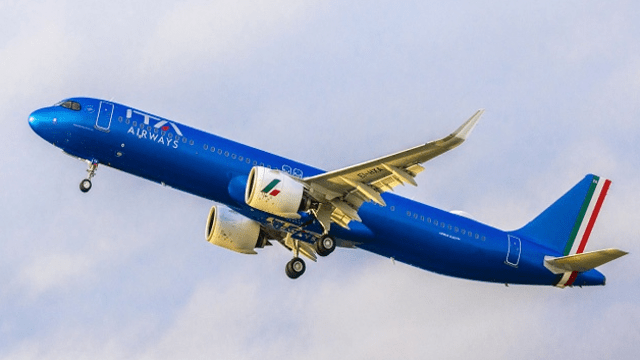In a remarkable growth move, ITA Airways has announced the integration of four latest-generation Airbus aircraft into its fleet, all within the extraordinary timeframe of one week. This addition brings the company's total number of NewGen aircraft to 44, out of a total fleet of 87, meaning that more than half its fleet is now made up of new-generation aircraft models. This rapid integration, achieved during the last week of March, was facilitated by the hard work of ITA Airways staff and close collaboration with ENAC and other regulatory authorities.
The new additions to the fleet, comprising an A330-900 acquired by ITA Airways, as well as an A321neo, an A320neo, and an A220-100 leased to the company, enrich the diversity of the company's offering. These aircraft were deployed for operations the day after they were registered with the company's Air Operator Certificate (AOC).
Francesco Presicce, Chief Technology Officer at ITA Airways, expresses his pride: "Our investment in the fleet, which has grown by over 60% since our foundation, is central to our strategy. The commissioning of these four Airbus aircraft in one week is a testament to our ability to achieve our ambitious goals and our commitment to effective strategic decision-making." It also underlines the company's objective to welcome 26 new aircraft in 2024, aiming for a fleet of 96 aircraft by the end of the year, 67% of which will be new-generation.
ITA Airways is not only expanding its fleet; it is also focusing on equipping its aircraft with the latest technology, including on-board Wi-Fi, to improve service while reducing its environmental footprint. The company aspires to become Europe's most environmentally-friendly airline, with a target of 90% of its fleet considered eco-responsible by the end of its 2023-2027 strategic plan, promising a 25% reduction in fuel consumption and CO₂ emissions.
This drive towards innovation and sustainability marks a further step in ITA Airways' growth strategy, aligned with the goals of preserving the environment and community well-being.
Source: Air Journal

Comments0
Please log in to see or add a comment
Suggested Articles

